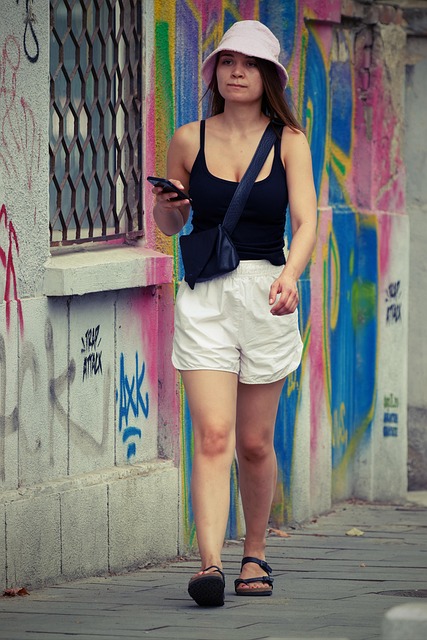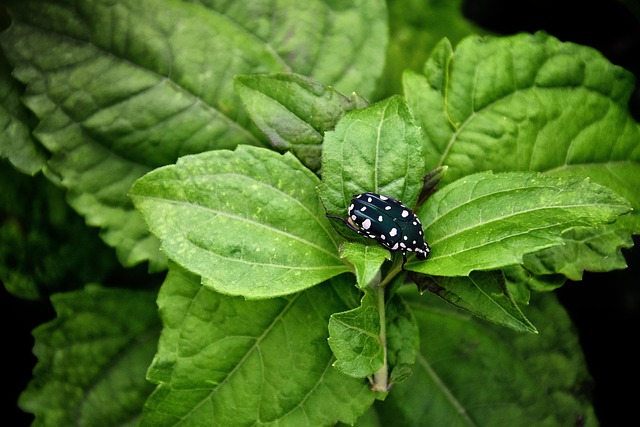Austria’s Cultural Vignettes: A Mosaic of Traditions
Austria, a picturesque country nestled in the heart of Europe, boasts a rich cultural heritage that reflects a unique blend of historical influences and regional diversity. From its classical music roots to traditional dances, culinary delights, and vibrant festivals, Austria’s cultural landscape is a tapestry woven from centuries of history and creativity. This article delves into the multifaceted cultural vignettes of Austria, highlighting traditions that define its national identity.
The Legacy of Classical Music
Perhaps no other facet of Austrian culture is as renowned as its contribution to classical music. The echoes of composers such as Wolfgang Amadeus Mozart, Ludwig van Beethoven, and Johann Strauss I and II resound through the narrow streets of Vienna, Salzburg, and beyond. Mozart, born in Salzburg in 1756, is often regarded as one of the greatest composers of the Classical era. His operas and symphonies continue to be performed worldwide, and the annual Salzburg Festival pays homage to his genius.
Vienna, known as the City of Music, is synonymous with the classical tradition. The Vienna Philharmonic Orchestra, established in 1842, performs annually at the New Year’s Concert, watched by millions around the globe. The city’s opulent concert halls, such as the Musikverein and the Vienna State Opera, serve as venues for timeless performances, ensuring that Austria’s musical legacy continues to thrive.
Traditional Folk Practices
Austrians take great pride in their folk traditions, which often reflect regional identities and historical influences. Folk dances, such as the Schuhplattler, are an integral part of celebrations in the Tyrol and Bavaria regions. Participants, dressed in traditional attire, perform intricate patterns while clapping their hands and striking their shoes. These lively dances symbolize the communal spirit and are a highlight at festivals, weddings, and local gatherings.
The folk music scene in Austria is equally vibrant, characterized by diverse regional styles. Instruments such as the accordion, zither, and violin are frequently employed in folk performances, which often narrate tales of everyday life, love, and the beauty of nature. The Heuriger, a traditional wine tavern, serves as a meeting point for locals and visitors alike to enjoy the ambiance of folk music while savoring fine Austrian wines.
Culinary Traditions: A Taste of Austria
Austrian cuisine is a delightful blend of flavors, heavily influenced by Central European culinary traditions. Renowned for its pastries, particularly the iconic Sachertorte and Apfelstrudel, Austrian desserts have captivated the taste buds of many. The Sachertorte, a chocolate cake with a layer of apricot jam, is often served with a dollop of whipped cream and is a must-try for any visitor to Vienna.
While desserts often steal the spotlight, savory dishes like Wiener Schnitzel hold a special place in the hearts of Austrians. This breaded and fried veal cutlet is typically served with potato salad or lingonberry sauce. The combination of flavors reflects Austria’s rich history, including the influence of Hungarian and Italian cuisine.
Markets play an essential role in Austrian culinary culture. The Naschmarkt in Vienna is a bustling hub where locals and tourists alike shop for fresh produce, meats, and international delicacies. Sampling local cheeses, cured meats, and artisanal breads allows one to experience the diverse palate of Austrian cuisine.
Festivals: Celebrating Heritage
Festivals are a vibrant expression of Austria’s cultural diversity, with numerous events taking place year-round that celebrate local traditions, music, and art. The Vienna Opera Ball, a gala event held annually, epitomizes the elegance of Austrian culture. Attendees dress in formal attire and dance the night away at the Vienna State Opera, underscoring the deep connection between music, dance, and social life.
In the fall, the Almabtrieb festival marks the end of the grazing season in the Alps. Locals celebrate by decorating cattle with flowers and colorful bells before parading them back to the valley. This agricultural tradition highlights the importance of farming in Austrian culture and showcases the connection between people and the landscape.
Another unique celebration is the Krampusnacht, held on December 5th. During this pre-Christmas event, individuals dress as Krampus, a horned figure who accompanies St. Nicholas. As a counterpoint to the festive St. Nicholas, Krampus serves to scare misbehaving children into good behavior. The event is a blend of pagan customs and Christian traditions, exemplifying the complexity of Austrian cultural practices.
The Art of Craftsmanship
Austria has long been associated with exquisite craftsmanship, from glassmaking to woodworking and lace-making. The Bohemian glassware of the Czech-Austrian border is highly sought after, known for its delicate designs and vibrant colors. Artisans have passed down their skills through generations, ensuring that traditional methods continue to flourish in modern times.
Woodworking, particularly in the Tyrolean region, showcases the inherent connection between the people and their alpine environment. Skillfully crafted items—ranging from intricate carvings to practical utensils—reflect both utility and artistry. The annual Tyrolean Craft Fair draws visitors eager to witness the craftsmanship firsthand and appreciate the cultural heritage intertwined with these objects.
The Influence of Architecture
Austrian architecture serves as a reflection of the country’s historical narrative and cultural heritage. From grand baroque palaces like Schloss Schönbrunn in Vienna to medieval castles dotting the landscape, each structure showcases distinct architectural styles. The Gothic St. Stephen’s Cathedral in Vienna stands as a testament to the skill and artistry of its builders, symbolizing both religious devotion and national pride.
Additionally, the modern architecture scene in Austria continues to thrive. Vienna is home to several contemporary buildings that challenge traditional design concepts, showcasing innovative approaches to urban living. Museums and art galleries often occupy these structures, reinforcing the symbiotic relationship between architecture and the arts.
The Role of Literature
Austrian literature has left an indelible mark on the world, with writers such as Franz Kafka, Stefan Zweig, and Ingeborg Bachmann exploring complex themes of identity, existence, and societal norms. Vienna in the late 19th and early 20th centuries became a cultural hub for writers, philosophers, and artists. The literary salons offered a space for intellectual discourse, forging connections that contributed to the vibrant cultural tapestry of the time.
Today, Austria continues to celebrate its literary heritage through festivals and events. The Vienna International Literary Festival gathers authors from around the globe to discuss contemporary literature and critical issues, fostering a sense of community and dialogue within the literary world.
Conclusion
Austria’s cultural mosaic is a testament to its historical richness and the vibrant traditions that continue to thrive today. As a crossroads of Europe, Austria has absorbed influences from its neighbors, creating a unique identity intertwined with music, art, cuisine, and folklore. This mosaic of traditions not only shapes the everyday lives of Austrians but also invites visitors to explore and appreciate the depth and variety of Austria’s cultural landscape. In every melody, every dance, every dish, and every story, the spirit of Austria resonates, offering a glimpse into the heart of a nation proud of its heritage.


